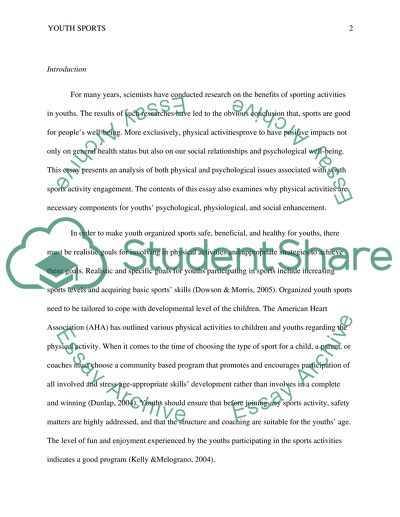Cite this document
(“Youth Sports Essay Example | Topics and Well Written Essays - 1000 words”, n.d.)
Retrieved from https://studentshare.org/psychology/1490223-youth-sports
Retrieved from https://studentshare.org/psychology/1490223-youth-sports
(Youth Sports Essay Example | Topics and Well Written Essays - 1000 Words)
https://studentshare.org/psychology/1490223-youth-sports.
https://studentshare.org/psychology/1490223-youth-sports.
“Youth Sports Essay Example | Topics and Well Written Essays - 1000 Words”, n.d. https://studentshare.org/psychology/1490223-youth-sports.


